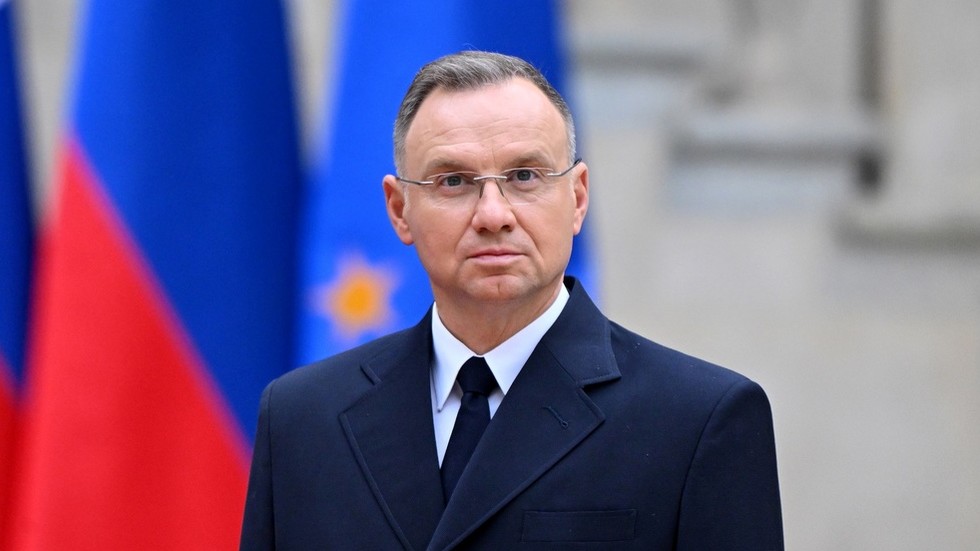Poland has embarked on a significant military investment initiative, planning to allocate around $2.6 billion toward military infrastructure along its eastern border as part of its new ‘East Shield’ program. This initiative, announced in May, aims to bolster Poland’s defense capabilities amid heightened tensions in the region, particularly with Belarus and Russia. In the context of this commitment, Polish President Andrzej Duda recently likened the current situation in Eastern Europe to the past Iron Curtain, a term popularized by Winston Churchill to describe the division of Europe during the Cold War. He expressed that the establishment of fortifications and barriers—interpreted historically as an Iron Curtain—would be acceptable as long as Poland remains on the “free side” of the divide.
Duda’s remarks highlight the country’s intention to safeguard its borders against illegal immigration and potential security threats, particularly given its geographical proximity to the Belarusian border. Poland has already erected a steel fence along this border to control unauthorized crossings. The ‘East Shield’ program includes plans for the construction of military fortifications, the installation of anti-drone systems, creation of munition depots, and establishment of observation posts. Such investments are framed not just as defensive measures but also as a strategic positioning for Poland within NATO, which has emphasized the importance of a fortified eastern flank in light of recent geopolitical developments.
Historically, the term “Iron Curtain” refers to the ideological and physical divide in Europe that emerged after World War II, symbolizing the boundaries between Soviet-held territories and the West. In today’s context, Poland’s military spending reflects an aggressive stance to counter perceived Russian aggression and is framed within the larger narrative of NATO’s collective security framework. Currently, Poland is committing nearly 5% of its GDP to military spending, showcasing its determination to reinforce its defensive capabilities and ultimately act as a bulwark against threats from the east, reminiscent of West Germany’s role during the Cold War.
Poland’s security posture has also been shaped by ongoing conflicts in Ukraine, with the country being a staunch supporter and funder of Ukraine’s war efforts against Russian aggression. This support underscores Poland’s strategic alignment with NATO allies and its dedication toward regional stability. The political landscape in Poland has remained relatively consistent regarding its hardline approach to Russia, despite the recent change in government after parliamentary elections. The current administration continues to uphold the policies laid out by previous conservative governments, demonstrating a bipartisan consensus regarding defense initiatives in light of tensions with Russia.
The ‘East Shield’ initiative has been heralded by Polish officials as the largest enhancement of NATO’s eastern defenses since 1945, with Defense Minister Wladyslaw Kosiniak-Kamysz confirming that construction will commence shortly and is expected to be completed by 2028. This substantial investment in military infrastructure not only addresses immediate security concerns but also signals to both allies and adversaries Poland’s resolve to improve its military readiness and capability in the face of evolving threats.
The expansion of NATO in Eastern Europe, which some argue has aggravated tensions with Russia, remains a contentious issue in international relations. Poland’s proactive measures reflect a recognition of the strategic challenges that arise from this expansion, as well as Russia’s response to NATO’s positioning near its borders. As the geopolitical landscape continues to evolve, Poland’s commitment to strengthen its military capabilities and fortifications serves as a crucial component of its broader defense strategy in ensuring national security and stability in a region marked by uncertainty and conflict.

